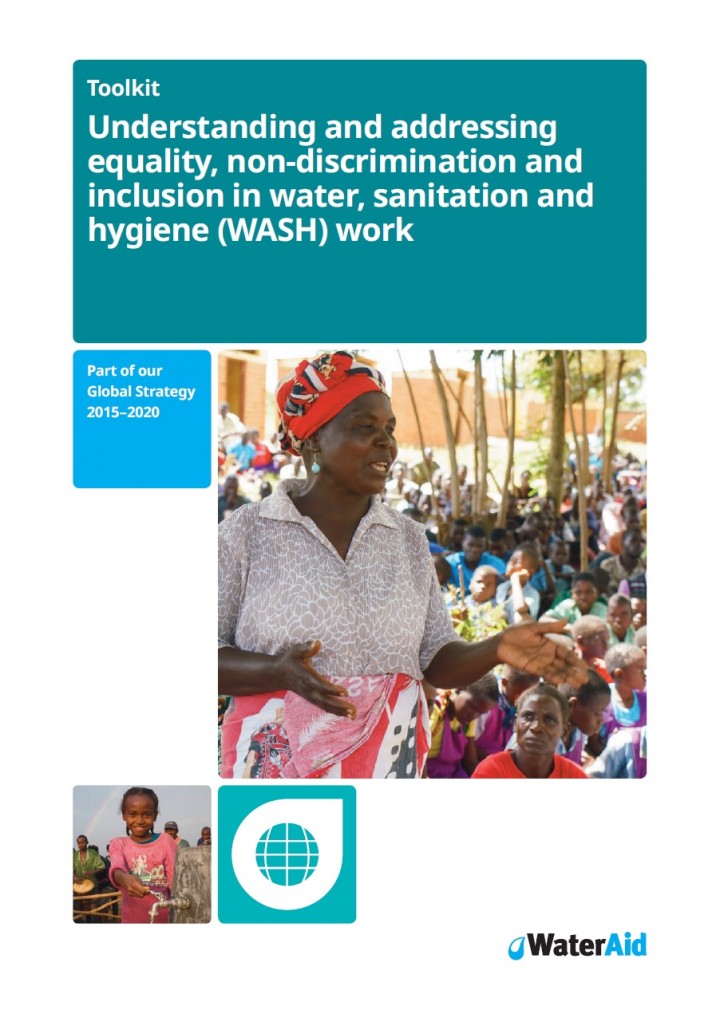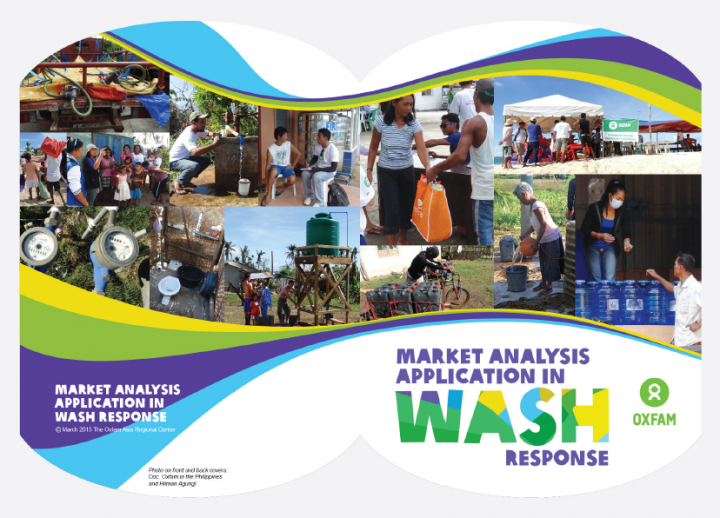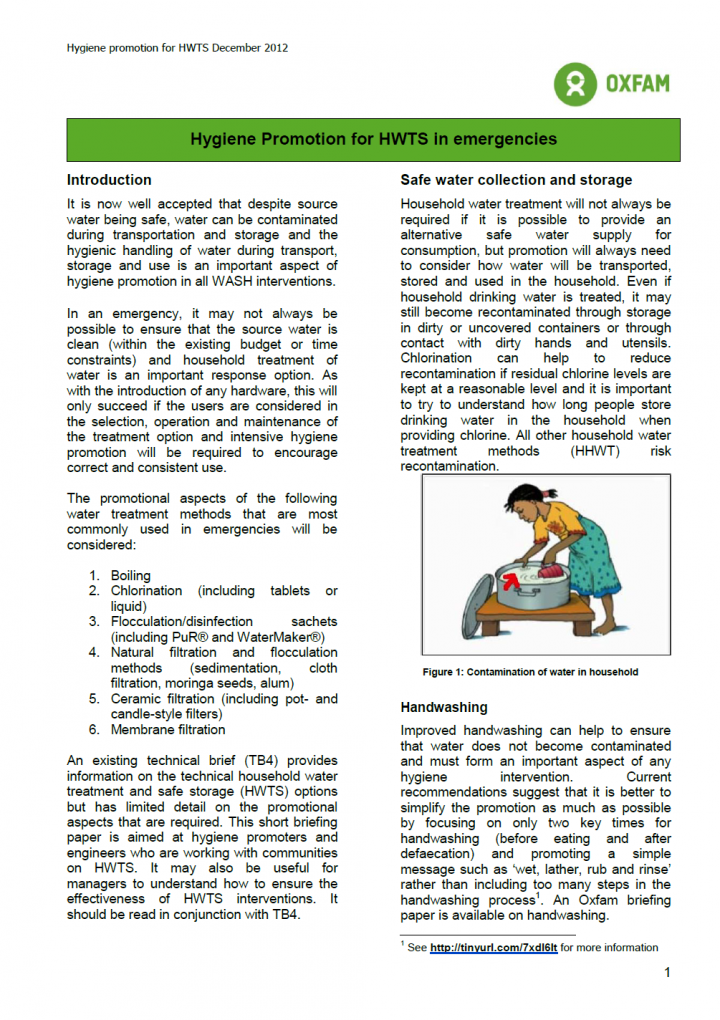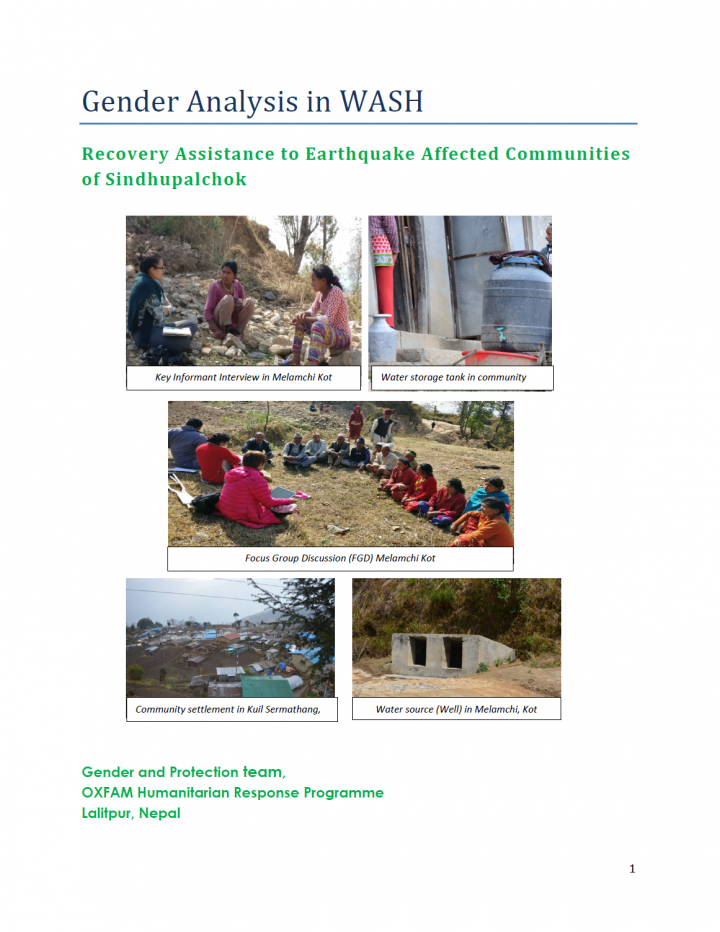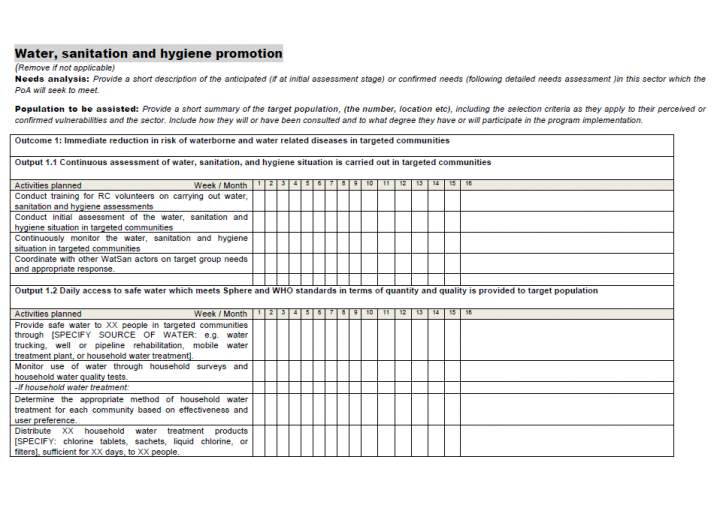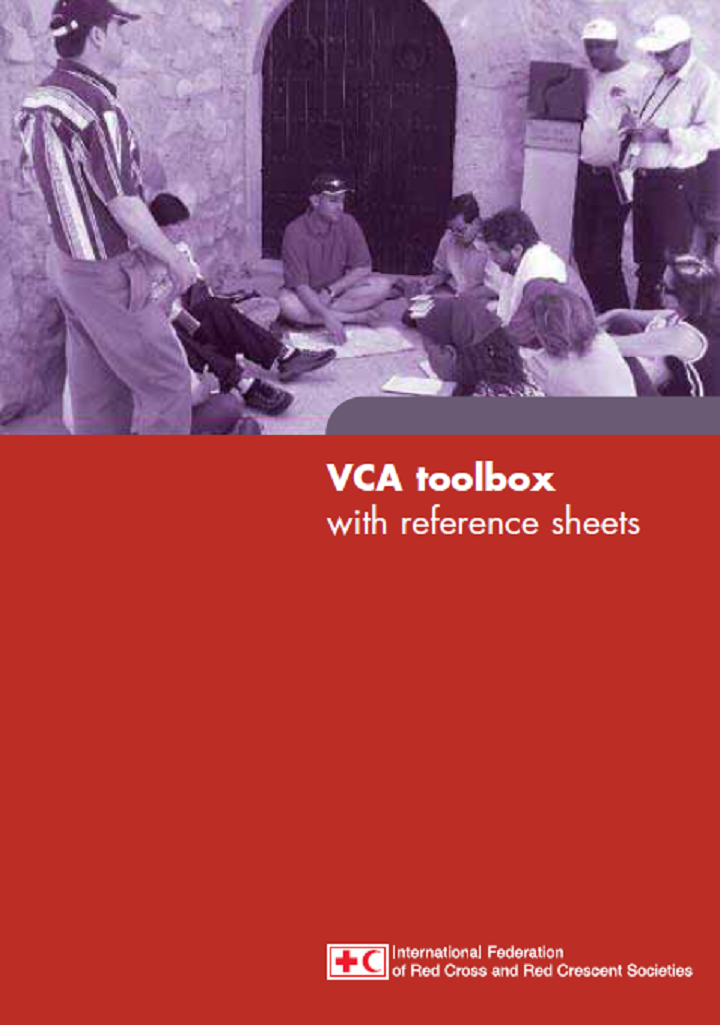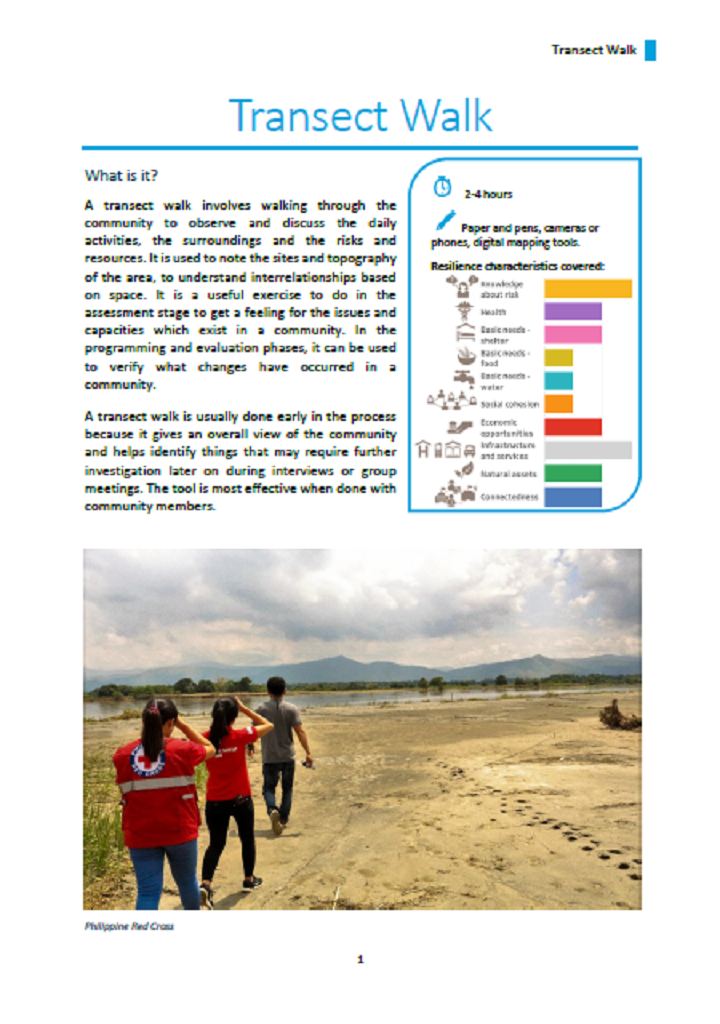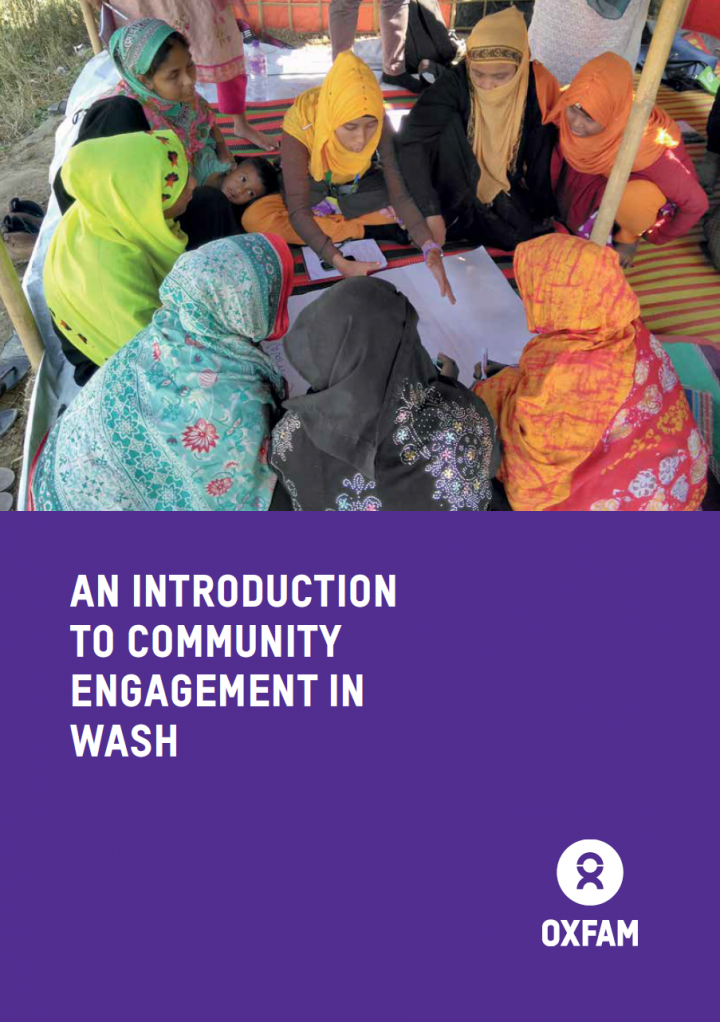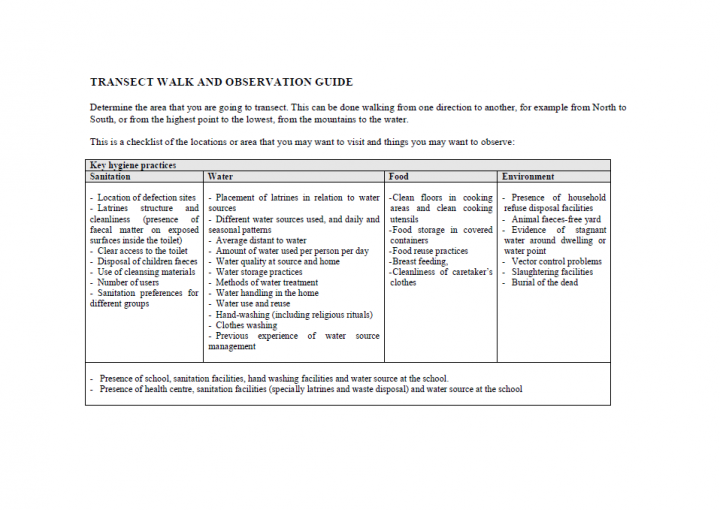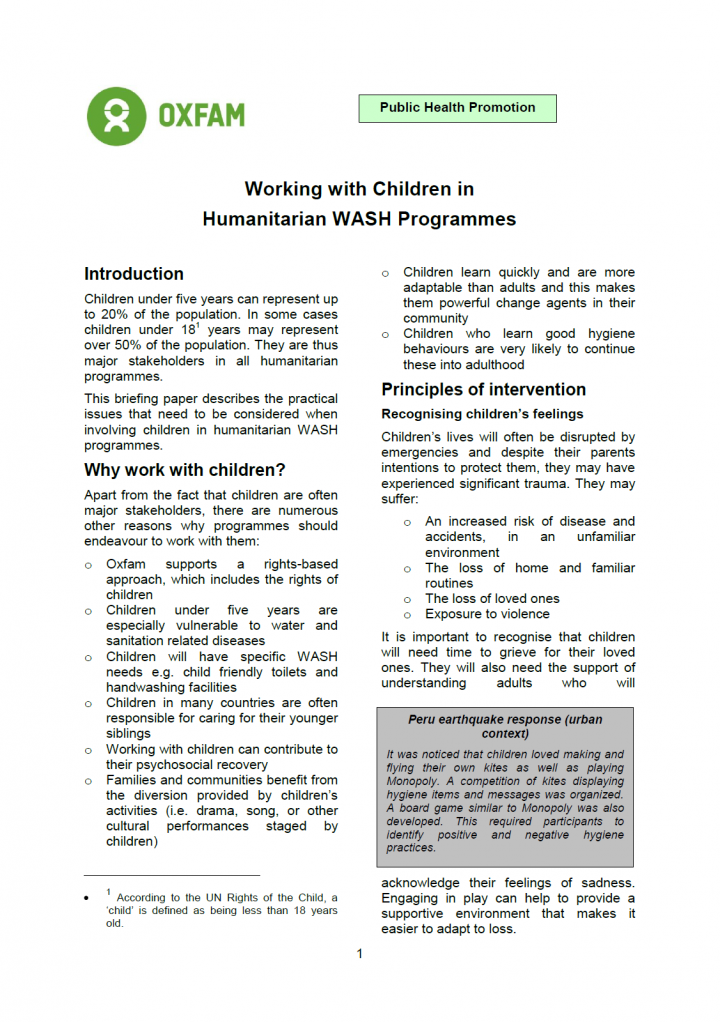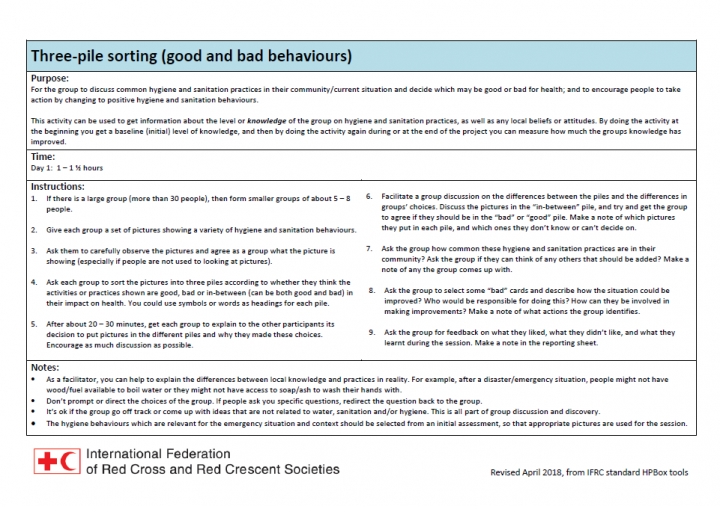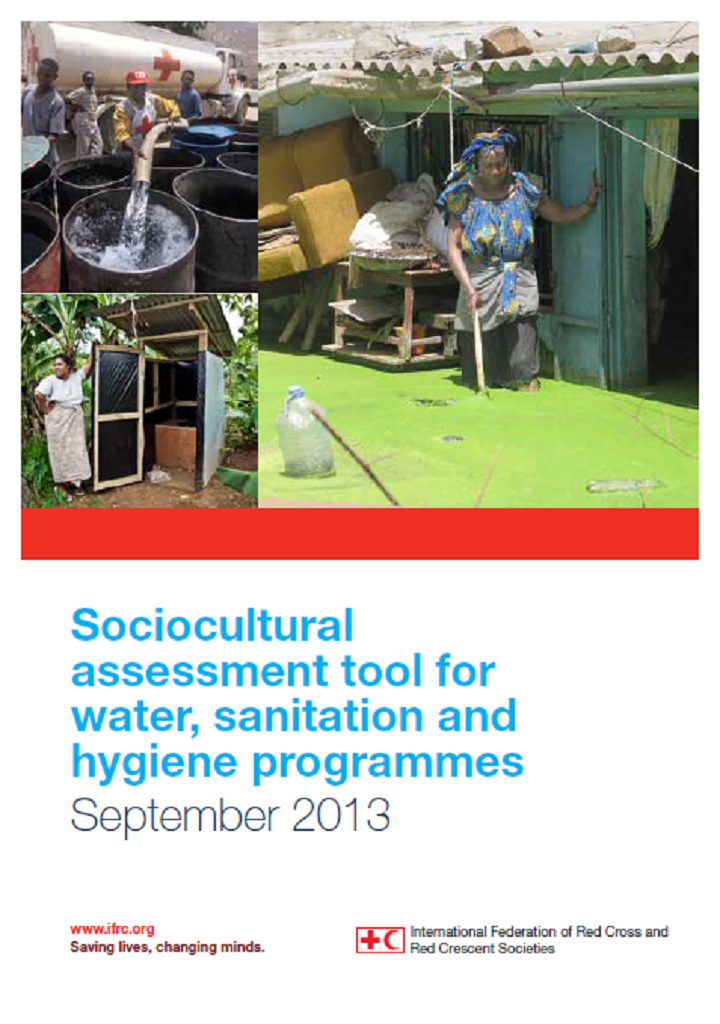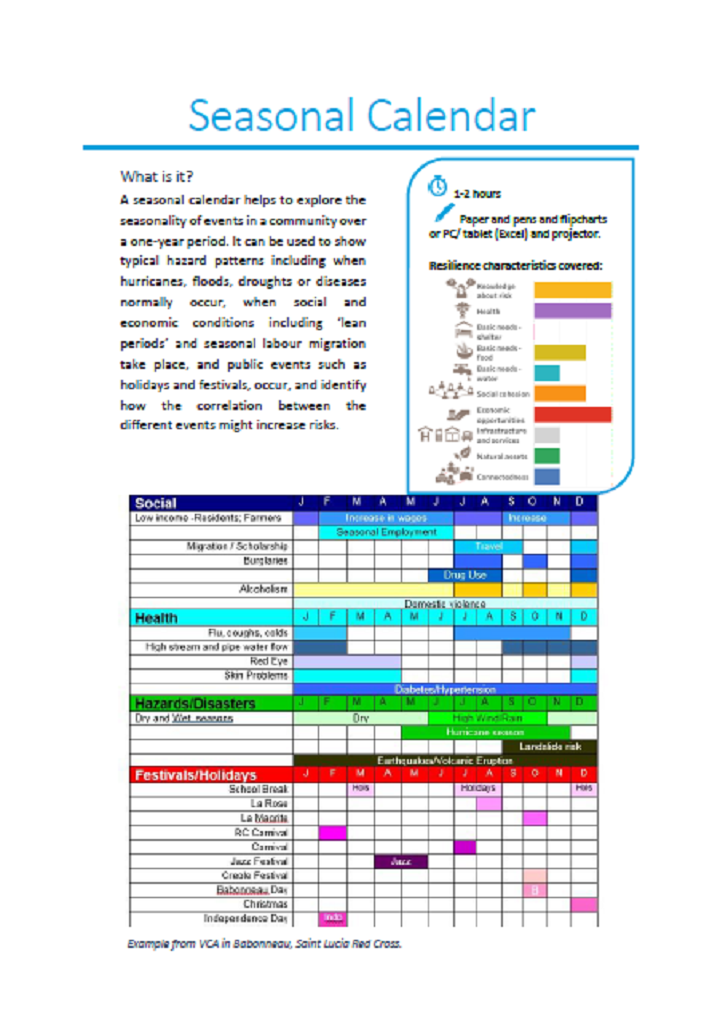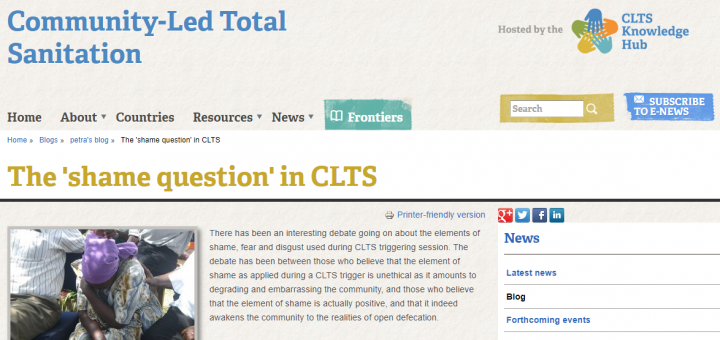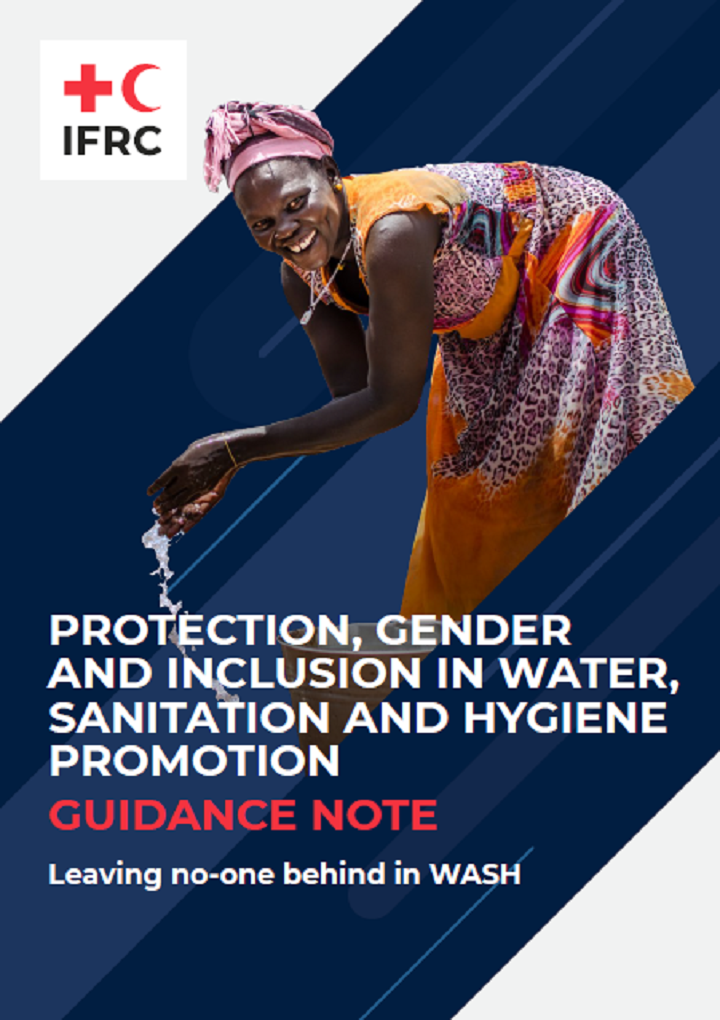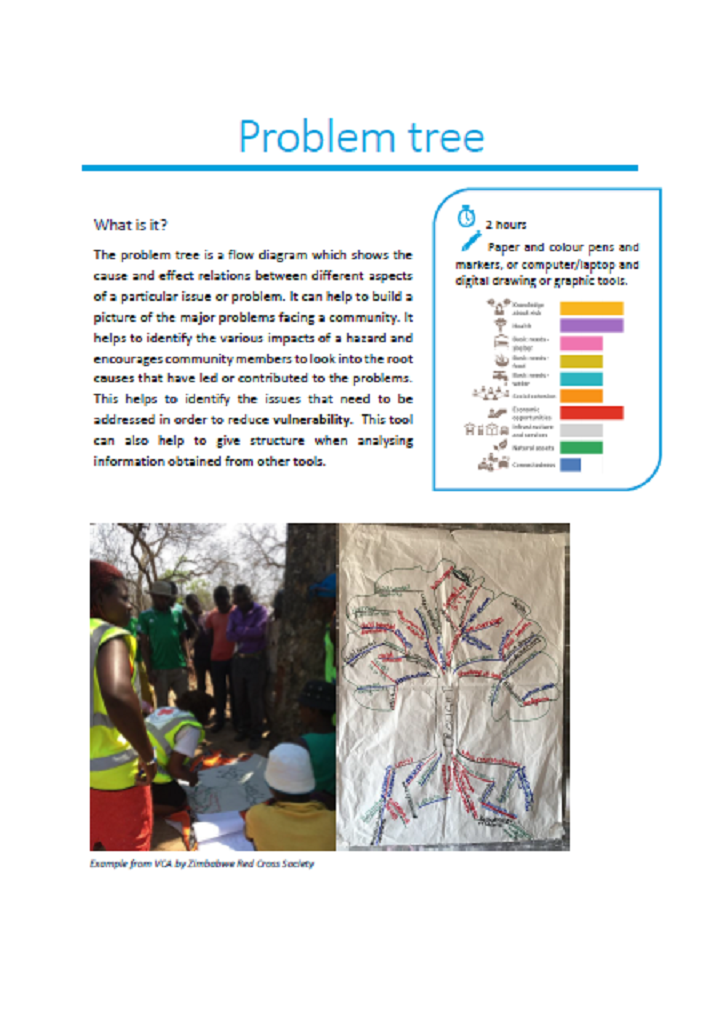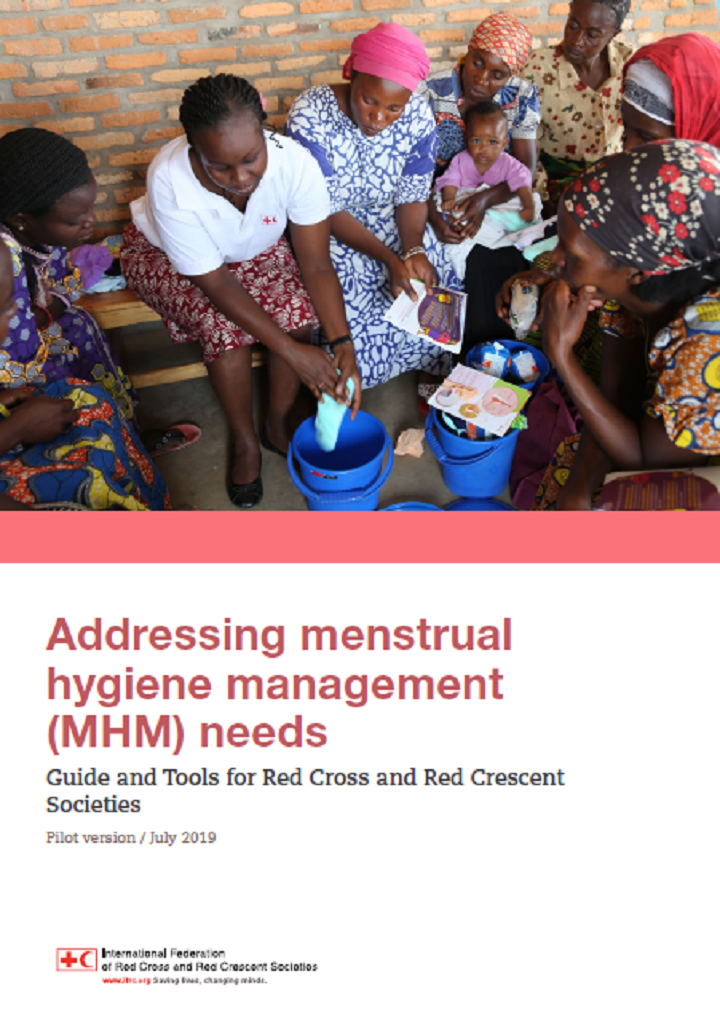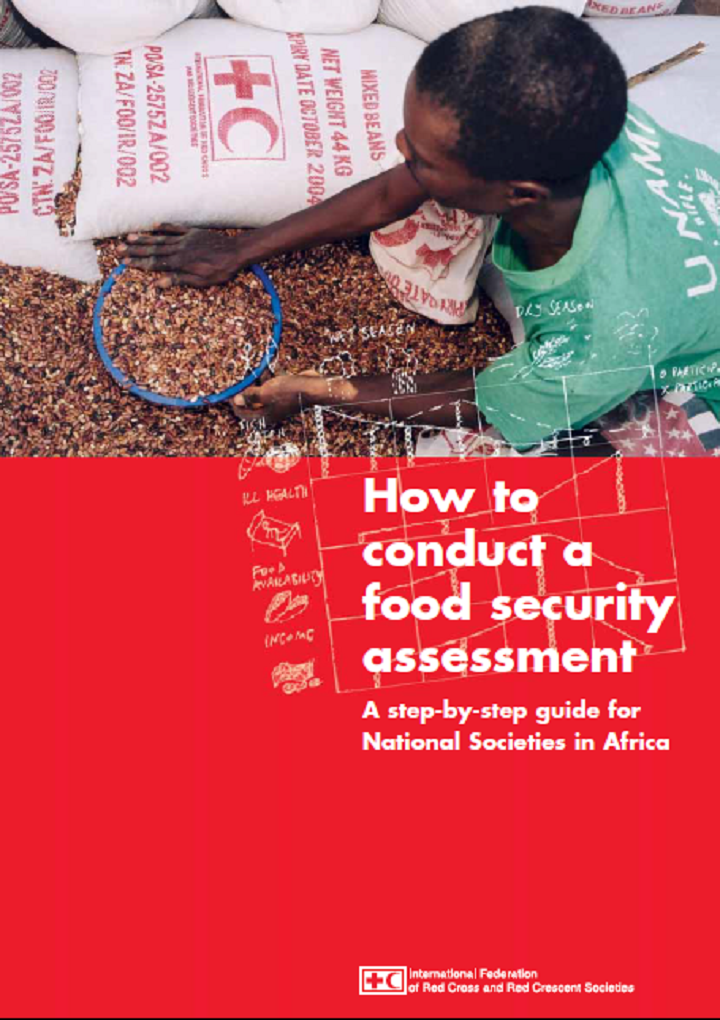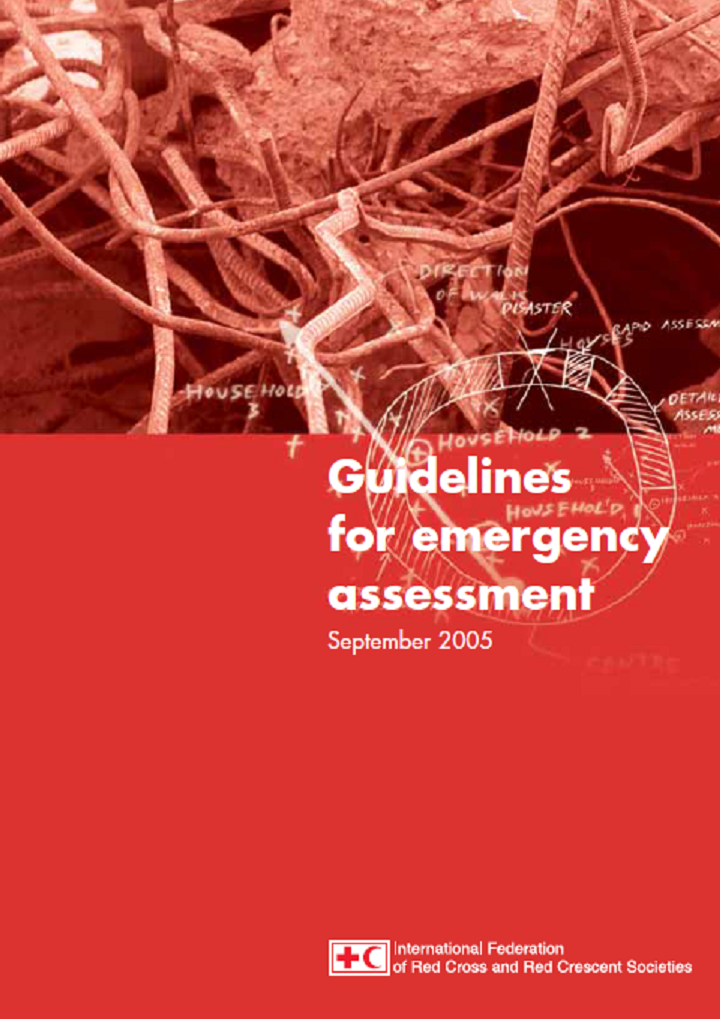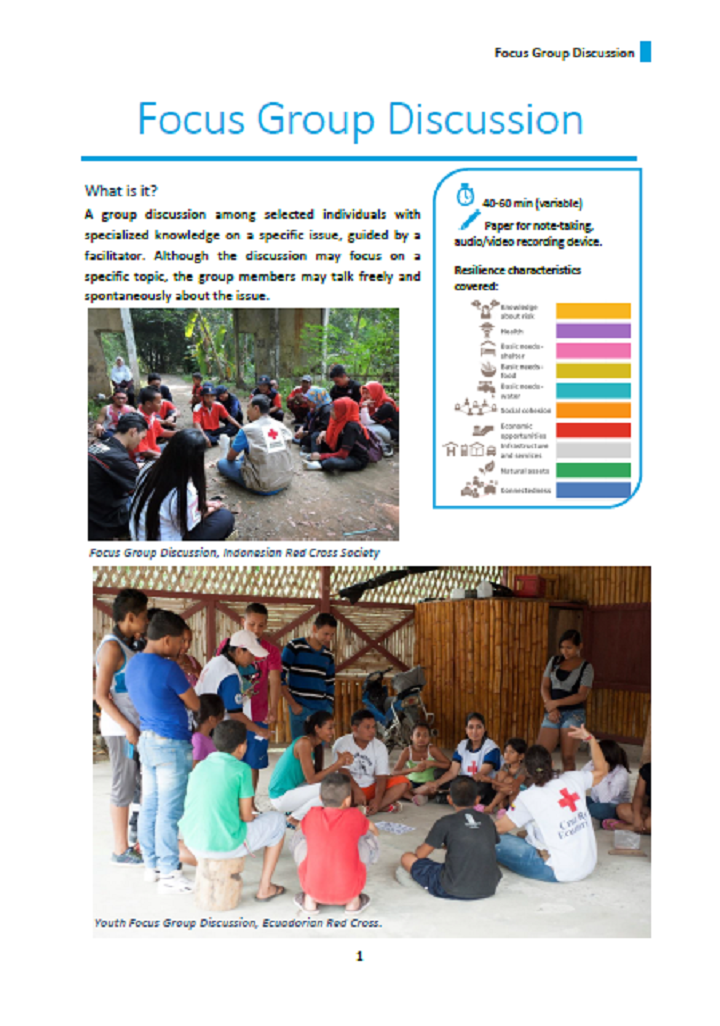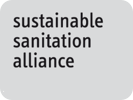Oxfam (2015) Market Analysis Application in WASH Response
Oxfam (2012) Hygiene Promotion for Household Water Treatment and Safe Storage in Emergencies UK
It is now well accepted that despite source water being safe, water can be contaminated during transportation and storage and the hygienic handling of water during transport, storage and use is an important aspect of hygiene promotion in all WASH interventions In an emergency, it may not always be possible to ensure that the source water is clean (within the existing budget or time constraints) and […]
Oxfam (2015) Gender Analysis in WASH. Recovery Assistance to Earthquake Affected Communities of Sindhupalchok.
A magnitude 7.8 earthquake struck Nepal on 25 April 2015. This was followed by several powerful aftershocks, including a major one (7.3 magnitude) on 12 May, 2015. A total of 8,855 people were confirmed dead and a further 22,309 suffered injuries as a result of the earthquakes. Out of Nepal’s 75 districts, 14 districts which were home to 5.4 million Nepalese people were among the […]
IFRC (2010) VCA Toolbox with Reference Sheets
This toolbox looks at different participatory investigative tools that can be used by National Society staff and volunteers to accomplish a successful VCA. As shown in the diagram below, it forms part of a comprehensive four-part series of publications addressing all aspects of VCA.
IFRC (0) Transect Walk. EVCA Toolbox
A transect walk involves walking through the community to observe and discuss the daily activities, the surroundings and the risks and resources. It is used to note the sites and topography of the area, to understand interrelationships based on space. It is a useful exercise to do in the assessment stage to get a feeling for the issues and capacities which exist in a community. […]
Oxfam (2018) An Introduction to Community Engagement in WASH
The overall aim of Oxfam’s WASH response in emergencies is to minimise public health risks in relation to water, sanitation and hygiene. This means working more directly with a wide range of people affected by the crisis to better understand them, to motivate them to make positive behaviour changes, and to strengthen their capacity to reduce/prevent public health risks and make their own decisions. We […]
Oxfam (0) Working with Children in Humanitarian WASH Programmes
Children under five years can represent up to 20% of the population. In some cases children under 18 years may represent over 50% of the population. They are thus major stakeholders in all humanitarian programmes. This briefing paper describes the practical issues that need to be considered when involving children in humanitarian WASH programmes.
Otieno, P. V. (2012) The 'Shame Question' in CLTS.
There has been an interesting debate going on about the elements of shame, fear and disgust used during CLTS triggering session. The debate has been between those who believe that the element of shame as applied during a CLTS trigger is unethical as it amounts to degrading and embarrassing the community, and those who believe that the element of shame is actually positive, and that […]
IFRC (2020) Protection, Gender and Inclusion in Water, Sanitation and Hygiene. Guidance Note
This guidance note provides an overview of key PGI issues to consider when assessing, designing, implementing and monitoring both long-term and humanitarian WASH programmes, in the Red Cross Red Crescent context.
IFRC (2019) Menstrual Hygiene Management Guideline and Tools
Menstrual hygiene management, or MHM, refers to a range of actions and interventions that ensure that people who menstruate can privately, safely and hygienically manage their menstruation with confidence and dignity. MHM is not only about distributing pads or providing education to girls. Effective MHM actions have three main components: i) MHM materials and supportive items, ii) Private, safe and appropriate WASH facilities, and iii) […]
IFRC (2005) Guidelines for Emergency Assessment
1.1 Why is an assessment methodology necessary? Assessment is a vital element of the programme-planning process. Assessment provides the information on which decisions will be made. Whilst good information does not guarantee a good programme, poor information almost certainly guarantees a bad one. The use of a standard methodology means that information can be compared with data collected during previous assessments. 2.2 Who will use these guidelines? The […]
